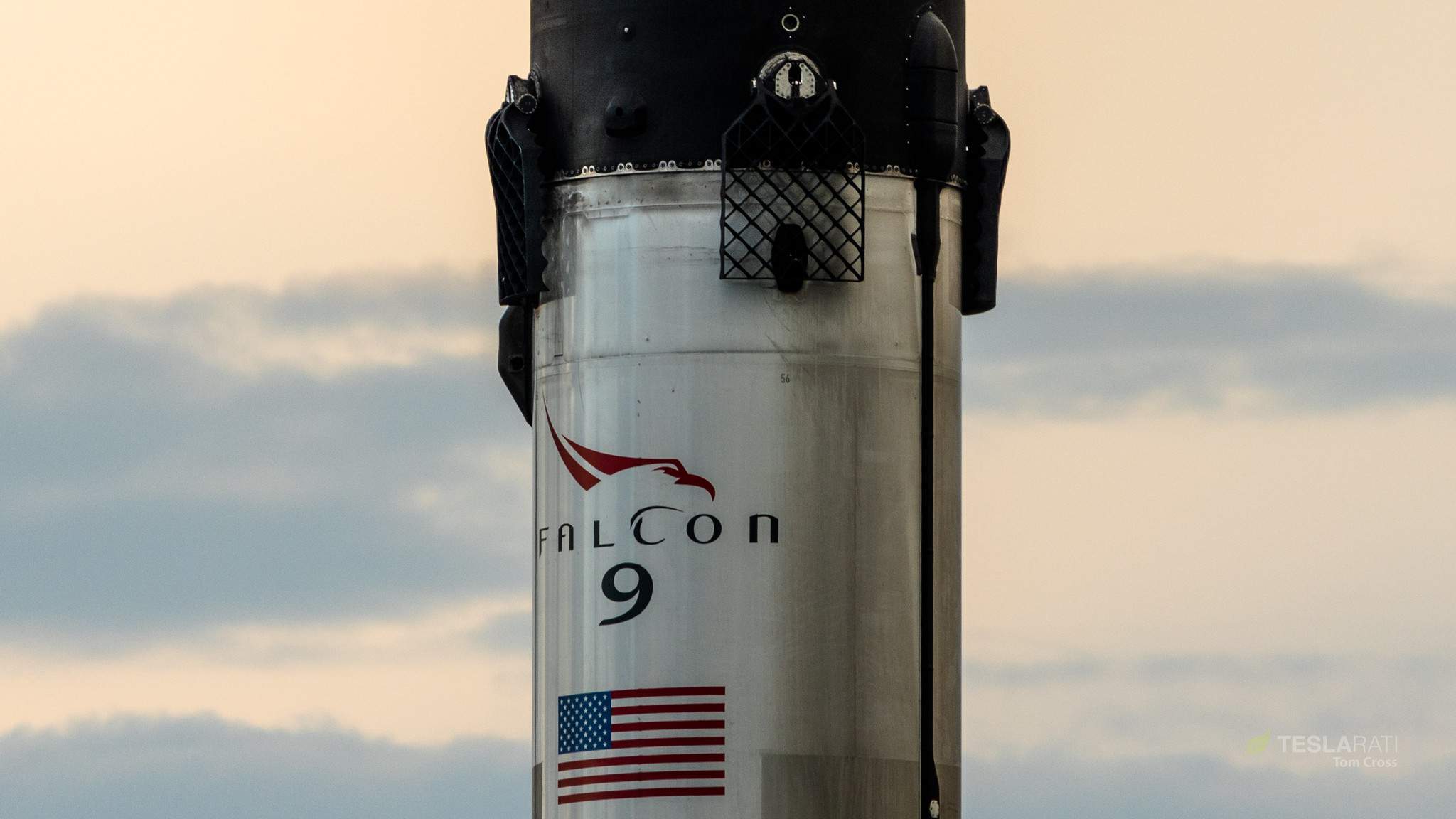
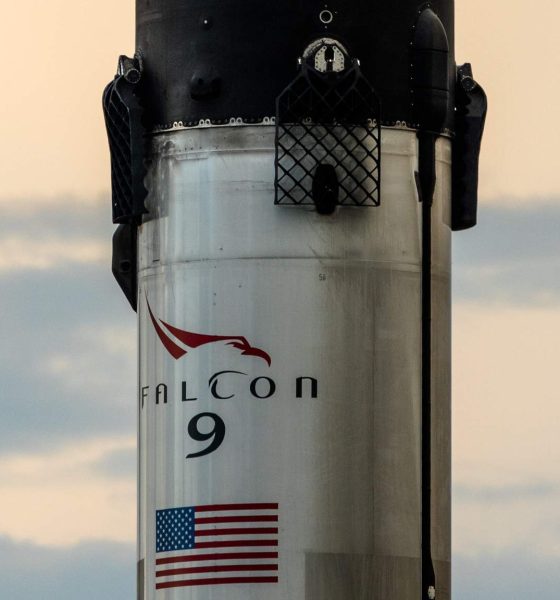
News
SpaceX’s latest Falcon 9 booster returns to port as NASA hints at “vested interest”
SpaceX has safely returned Falcon 9 booster B1056 to port and lifted the rocket ashore after successfully supporting Cargo Dragon’s 18th mission to the International Space Station (ISS).
B1056’s safe return is by no means a surprise, but it is still a relief after mild issues caused Falcon Heavy center core B1055 to topple over just a few weeks prior. SpaceX’s robotic “Octagrabber” was visibly attached to newest Falcon 9 booster, taking advantage of compatibility not available to the Falcon Heavy core. According to NASA and SpaceX, the booster’s recovery was weighing on the minds of both stakeholders thanks to interest in reusing B1056 on future Cargo Dragon launches.
“Quite frankly, [NASA] had a vested interest.”
“Quite frankly, [NASA] had a vested interest in this particular booster. We were gonna require it – the intent is to [reuse it for SpaceX’s upcoming CRS-18 launch] and – potentially – CRS-19.”
Kenny Todd, ISS Operations and Integration Manager, NASA Johnson
Intertwined with SpaceX successfully returning the booster to shore, NASA ISS manager Kenny Todd provided some fascinating and eloquent insight into the space agency’s position on the mission. Several questions from members of the press centered around a launch scrub that pushed CRS-17 from May 3-4. SpaceX VP of Flight Reliability Hans Koenigsmann noted that SpaceX is moving to a concept of operations where booster recovery is just as important and just as necessary as any other technical aspect of launch.
In other words, when SpaceX drone ship Of Course I Still Love You (OCISLY) suffered a rare hardware failure that hobbled its redundant power supplies, NASA had no qualms with the company’s decision to scrub the launch attempt. In fact, confirming educated speculation previously published on Teslarati, NASA had a “vested interest” in the successful recovery of B1056. According to Todd’s comments, NASA unequivocally wants SpaceX to fly its next Cargo Dragon mission – CRS-18, NET mid-July – on the newly flight-proven booster. NASA is even open to flying on B1056 for a third time on CRS-19, pending the condition and availability of the booster.
Unique in SpaceX’s Falcon 9 Block 5 fleet thanks to an exceptionally gentle reentry and recovery, B1056 should easily lend itself to multiple reuses in support of future NASA missions. In fact, of the three (up to as many as five) additional CRS1 Cargo Dragon missions still on contract, there is no immediate technical reason to assume that Falcon 9 B1056 can’t be involved in a majority of those launches, if not all of them. NASA, of course, has the final say in which Falcon 9s their missions launch on, but the agency’s apparent openness to launching on a twice-flown booster opens the door for thrice-flown boosters and beyond.
Space oddities and Falcon curiosities
B1056’s return also offered a unique – if not unprecedented – glimpse of what was likely a purge of TEA/TEB, the pyrophoric fluids Falcon 9 uses to ignite its Merlin engines. Normally, SpaceX recovery technicians likely perform this purge while still hundreds of miles out at sea. Drone ship OCISLY’s perch just a dozen or so miles from Port Canaveral and the Florida coast may have precluded this, leading to a rare bit of controlled in-port fireworks. While the sight of open flame beneath a freshly-recovered rocket triggered some immediate and understandable concern from bystanders, the process appears to have been both routine and controlled by SpaceX.


On a more minor note, SpaceX also appears to have debuted at least one minor (visible) hardware modification on B1056, utilizing a new hybrid method to join the top of Falcon 9’s liquid oxygen tank to its interstage (the black section). SpaceX prides itself on the practice of continuously improving all aspects of its rockets and spacecraft, so this change is more of a small visualization of that strategy than a major revelation.
Up next for SpaceX, however, is a launch that may end up being quite the revelation for observers. The mission – SpaceX’s official Starlink launch debut – is the first of many dozens of launches planned over the next five or so years. According to people familiar with the matter, both the quantity and weight of the Starlink satellites that will be aboard Falcon 9 are likely to blow expectations out of the water, particularly after competitor OneWeb’s first launch placed just five spacecraft in orbit. Starlink-1 (for lack of an official name) is scheduled to launch no earlier than May 13th, although CRS-17’s launch delays may delay that target by several days.
Check out Teslarati’s Marketplace! We offer Tesla accessories, including for the Tesla Cybertruck and Tesla Model 3.

News
Tesla sees sharp November rebound in China as Model Y demand surges
New data from the China Passenger Car Association (CPCA) shows a 9.95% year-on-year increase and a 40.98% jump month-over-month.
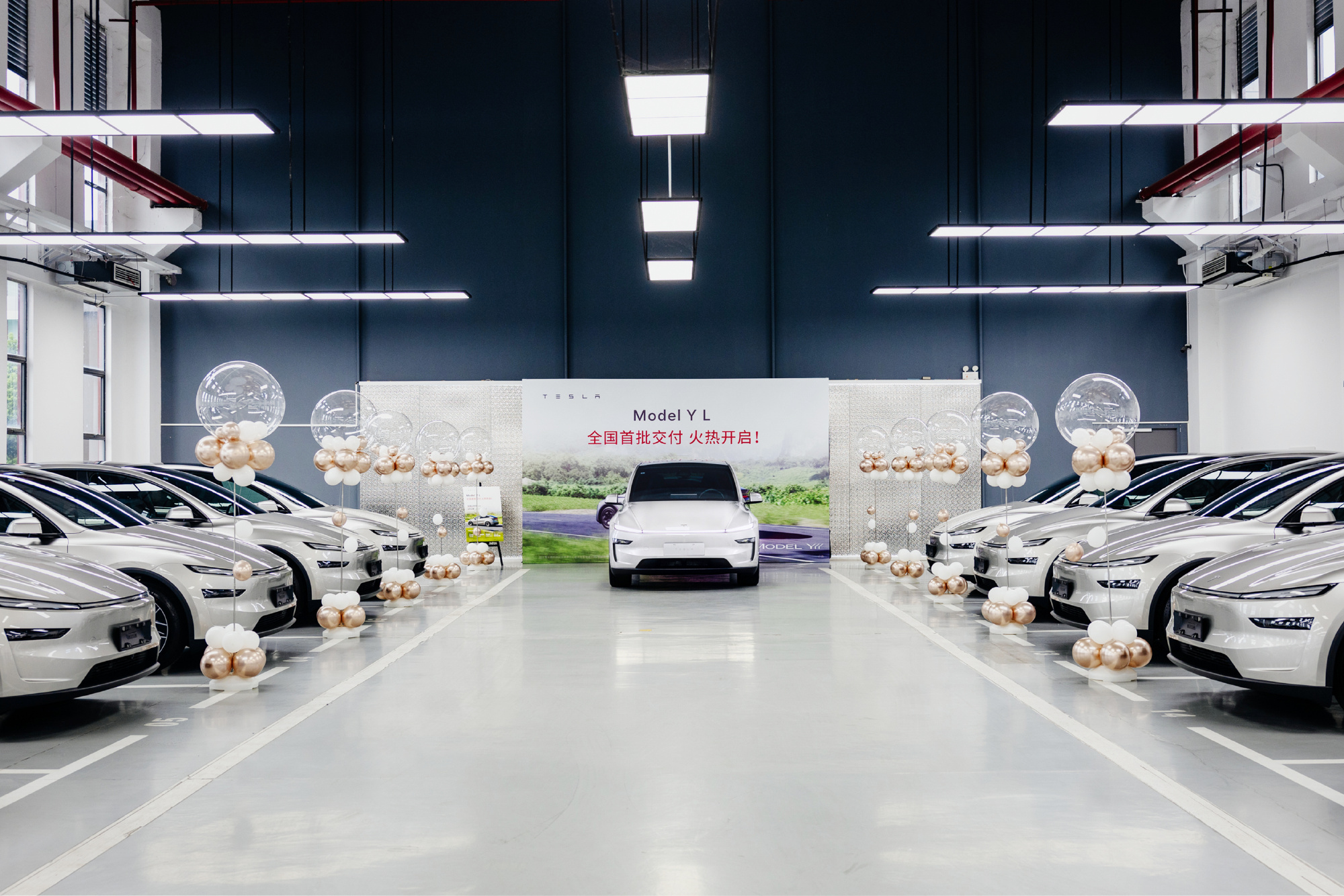
Tesla’s sales momentum in China strengthened in November, with wholesale volumes rising to 86,700 units, reversing a slowdown seen in October.
New data from the China Passenger Car Association (CPCA) shows a 9.95% year-on-year increase and a 40.98% jump month-over-month. This was partly driven by tightened delivery windows, targeted marketing, and buyers moving to secure vehicles before changes to national purchase tax incentives take effect.
Tesla’s November rebound coincided with a noticeable spike in Model Y interest across China. Delivery wait times extended multiple times over the month, jumping from an initial 2–5 weeks to estimated handovers in January and February 2026 for most five-seat variants. Only the six-seat Model Y L kept its 4–8 week estimated delivery timeframe.
The company amplified these delivery updates across its Chinese social media channels, urging buyers to lock in orders early to secure 2025 delivery slots and preserve eligibility for current purchase tax incentives, as noted in a CNEV Post report. Tesla also highlighted that new inventory-built Model Y units were available for customers seeking guaranteed handovers before December 31.
This combination of urgency marketing and genuine supply-demand pressure seemed to have helped boost November’s volumes, stabilizing what had been a year marked by several months of year-over-year declines.
For the January–November period, Tesla China recorded 754,561 wholesale units, an 8.30% decline compared to the same period last year. The company’s Shanghai Gigafactory continues to operate as both a domestic production base and a major global export hub, building the Model 3 and Model Y for markets across Asia, Europe, and the Middle East, among other territories.
Investor's Corner
Tesla bear gets blunt with beliefs over company valuation
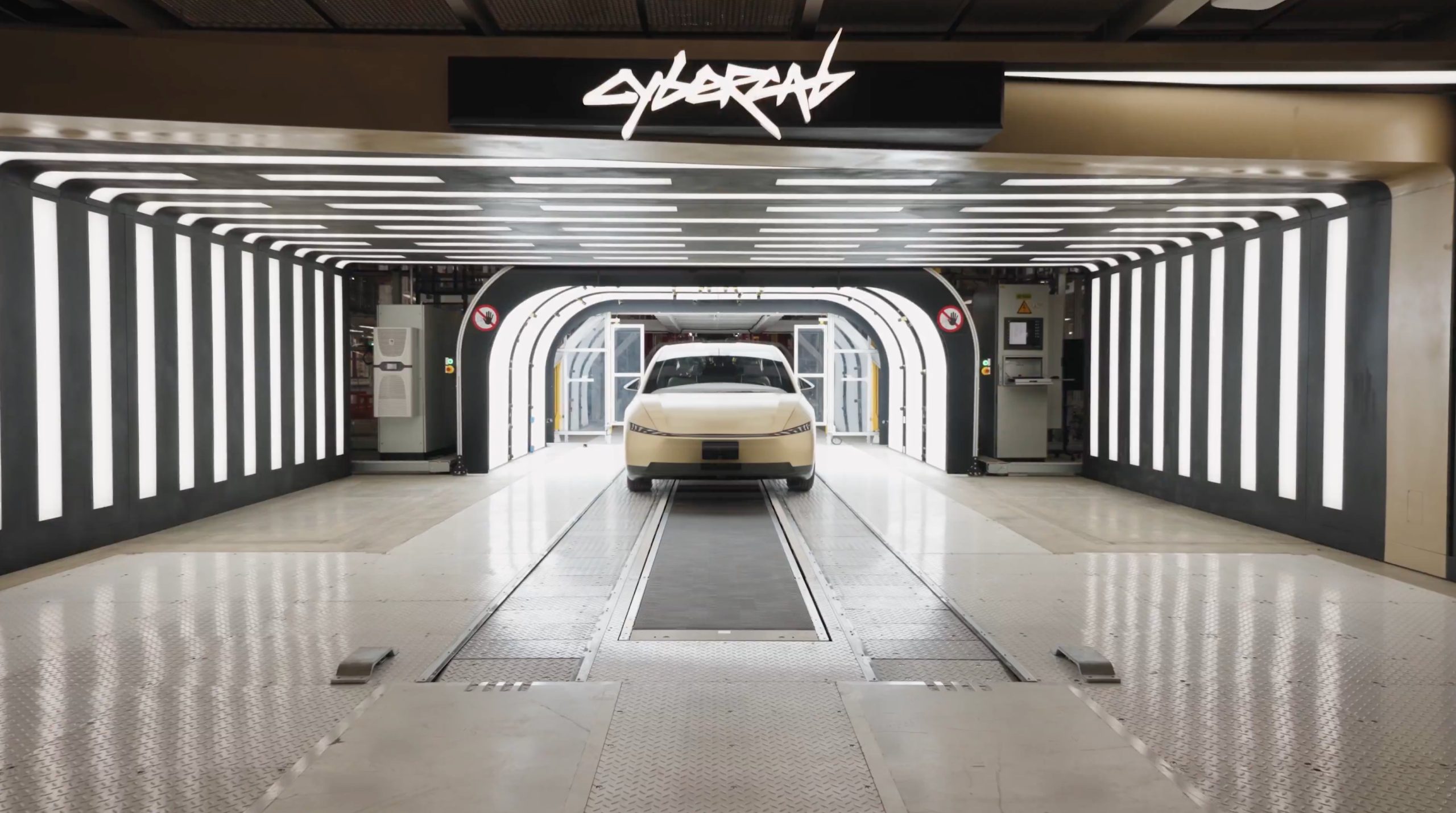
Tesla bear Michael Burry got blunt with his beliefs over the company’s valuation, which he called “ridiculously overvalued” in a newsletter to subscribers this past weekend.
“Tesla’s market capitalization is ridiculously overvalued today and has been for a good long time,” Burry, who was the inspiration for the movie The Big Short, and was portrayed by Christian Bale.
Burry went on to say, “As an aside, the Elon cult was all-in on electric cars until competition showed up, then all-in on autonomous driving until competition showed up, and now is all-in on robots — until competition shows up.”
Tesla bear Michael Burry ditches bet against $TSLA, says ‘media inflated’ the situation
For a long time, Burry has been skeptical of Tesla, its stock, and its CEO, Elon Musk, even placing a $530 million bet against shares several years ago. Eventually, Burry’s short position extended to other supporters of the company, including ARK Invest.
Tesla has long drawn skepticism from investors and more traditional analysts, who believe its valuation is overblown. However, the company is not traded as a traditional stock, something that other Wall Street firms have recognized.
While many believe the company has some serious pull as an automaker, an identity that helped it reach the valuation it has, Tesla has more than transformed into a robotics, AI, and self-driving play, pulling itself into the realm of some of the most recognizable stocks in tech.
Burry’s Scion Asset Management has put its money where its mouth is against Tesla stock on several occasions, but the firm has not yielded positive results, as shares have increased in value since 2020 by over 115 percent. The firm closed in May.
In 2020, it launched its short position, but by October 2021, it had ditched that position.
Tesla has had a tumultuous year on Wall Street, dipping significantly to around the $220 mark at one point. However, it rebounded significantly in September, climbing back up to the $400 region, as it currently trades at around $430.
It closed at $430.14 on Monday.
News
Tesla is making a change to its exterior cameras with a potential upgrade
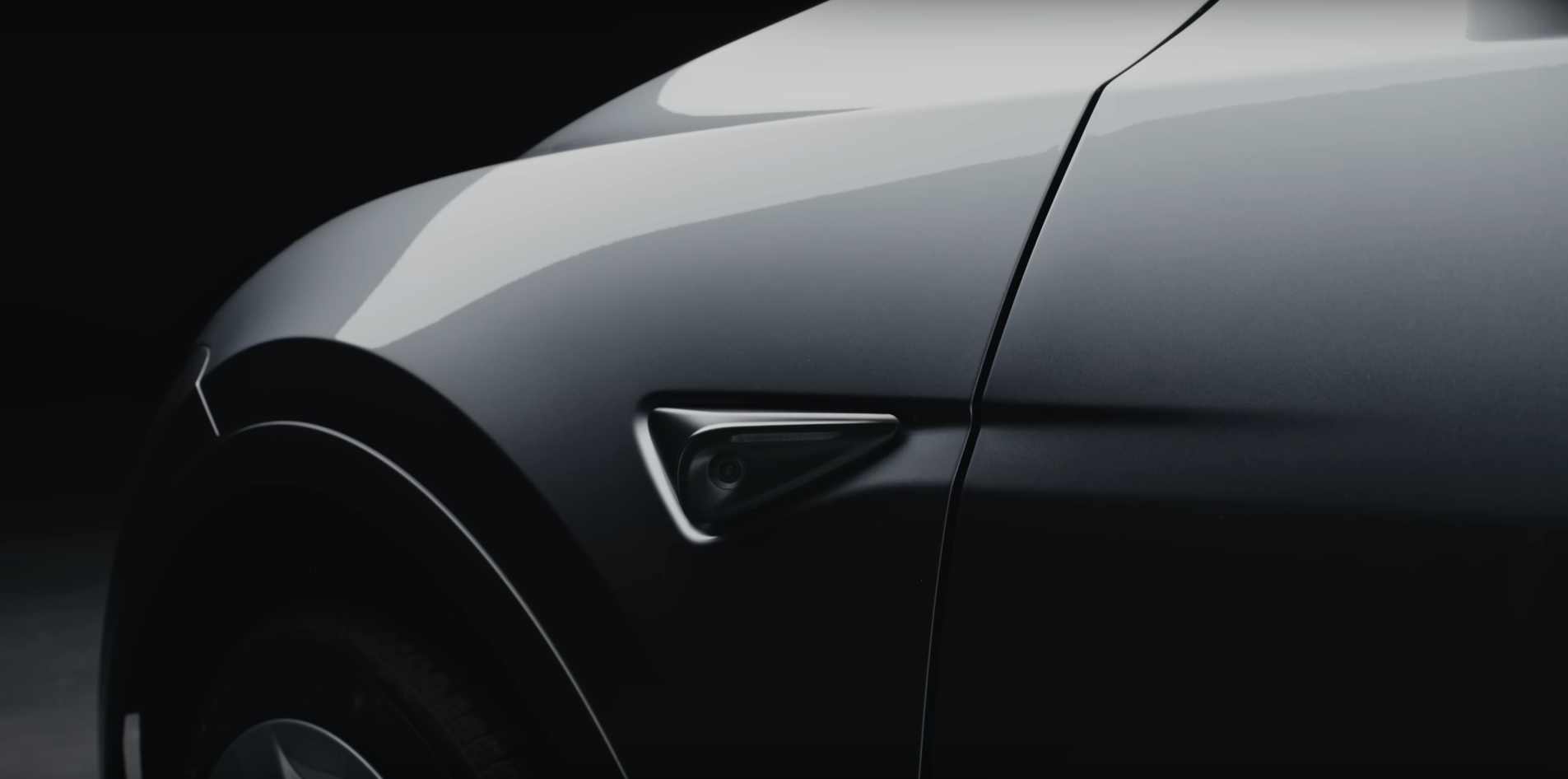
Tesla appears to be making a change to its exterior side repeater cameras, which are used for the company’s Full Self-Driving suite, and other features, like Sentry Mode.
The change appears to be a potential upgrade in preparation for the AI5 suite, which CEO Elon Musk said will be present on a handful of vehicles next year, but will not be widely implemented until 2027.
Currently, Tesla uses a Sony sensor lens with the model number IMX963, a 5-megapixel camera with better dynamic range and low-light performance over the past iteration in Hardware 3 vehicles. Cameras in HW3 cars were only 1.2 megapixels.
However, Tesla is looking to upgrade, it appears, as Tesla hacker greentheonly has spotted a new sensor model in its firmware code, with the model number IMX00N being explicitly mentioned:
Looks like Tesla is changing (upgrading?) cameras in (some?) new cars produced.
Where as HW4 to date used exterior cameras with IMX963, now they (might potentially) have something called IMX00N— green (@greentheonly) December 1, 2025
Sony has not announced any formal specifications for the IMX00N model, and although IMX963 has been used in AI4/HW4 vehicles, it only makes sense that Tesla would prepare to upgrade these external cameras once again in preparation for what it believes to be the second hardware iteration capable of fully autonomous self-driving.
Tesla has maintained that AI4/HW4 vehicles are capable of self-driving operation, but AI5 will likely help the company make significant strides, especially in terms of overall performance and data collection.
Tesla last updated its exterior cameras on its vehicles back in early 2023, as it transitioned to the 5-megapixel IMX963. It also added additional cameras to its vehicles in January with the new Model Y, which featured an additional lens on the front bumper to help with Full Self-Driving.
Tesla’s new self-driving computer (HW4): more cameras, radar, and more












